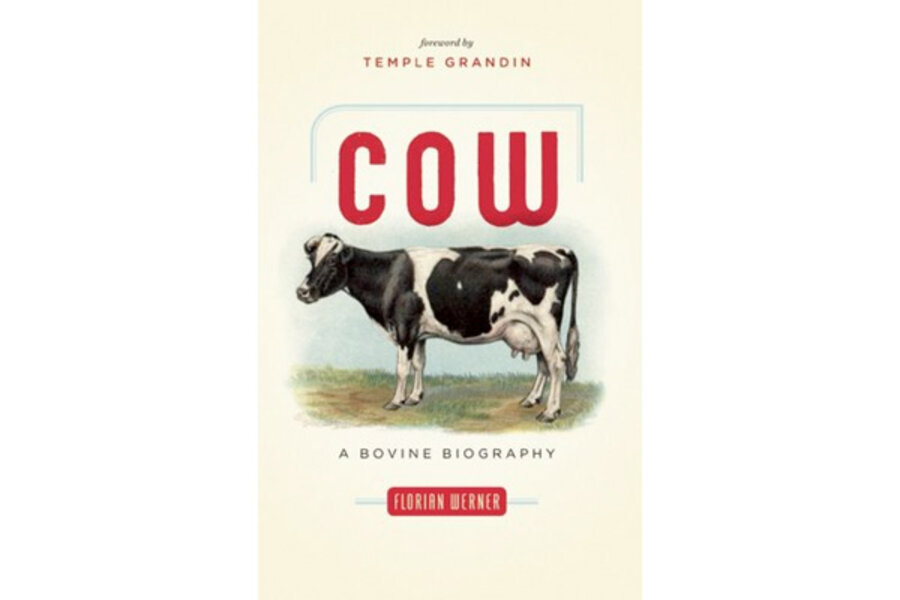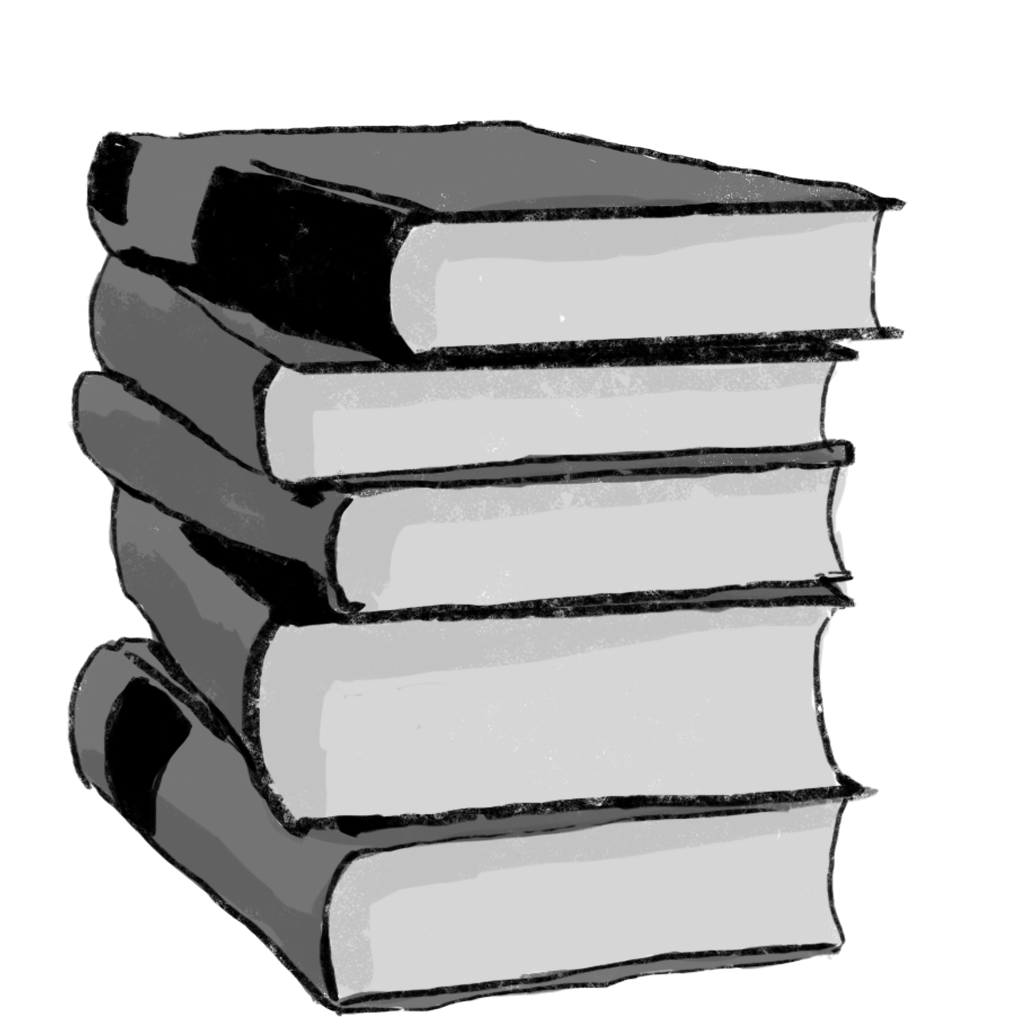Cow
Forget the wheel. When it comes to the creation of advanced civilizations, think cow. We have clutched them to our collective bosom, and they have given us their udders and more: in goods, in services to agriculture, in symbolism and methane; nose to tail, the cow is a serious delivery system, and we take advantage of everything "except her moo." Florian Werner's Cow, originally published in German, is a bright and festive biography of the beast we've made so integral to human life. His book is sophisticated and earthy, with a taste for mythology. In the always burgeoning world of single-topic natural histories, it is the difference between meat-and-potatoes and steak frites: one drives a sports car and wears sunglasses. And behind the sunglasses, this cow is laughing.
It is true that some cows, our good friends the Holsteins, produce up to 5,000 gallons of milk a year, and Werner happily provides such facts, but what gets under his skin is the difficulty in overlooking the erotic suggestiveness of milk and milking. And those eyes: while it is interesting enough that they lack the macula, which makes the cow's world relatively blurred, isn't it yet more fascinating that the goddess Hera was nicknamed "Boopis," or "the cow-eyed one," for her beautiful eyes? And there had to be something in Brown Eyes' peepers for Friendless the cowboy to choose the cow over the farmer's daughter in Buster Keaton's 1925 film Go West.
Carnality, then, in good measure – if you wish to know more about what various researchers have found about interspecies congress, go buy the book, and just where do you think the Minotaur came from? – but there are also fulfilling, rangy chapters on sacred cows (the Hindus have stuffed 330 million gods and goddesses into every cow) and profane cows (horns? cloven hooves?); on the bad rap cows get on the environmental front, whereas the problem is humans and their crazy grazing practices in brittle regions; on cows in bucolic poetry and in paintings and fashion and, disappointingly, an ill-lit chapter on the cow's moo and other expressions of bovinity.
Still, what a strange beast that we have let into our heads, writes Werner: so inscrutable and so freighted with our magical thinking. Here is the picture of peace and tranquility, acceptance and "balsamic blessing," we figure, content with the everlasting sameness of its ruminations. Or are they hard pondering, at work on some deep spiritual process that can only be solved by 30,000 chewing movements a day? Is the cow existentially melancholy, or does it move in harmony with Bertolt Brecht's description: "What's going on is neither here nor there. / So, dropping dung, she takes the evening air"? Cow whispering may reveal the truth but is, clearly, a slippery slope.
Peter Lewis is the director of the American Geographical Society in New York City.






